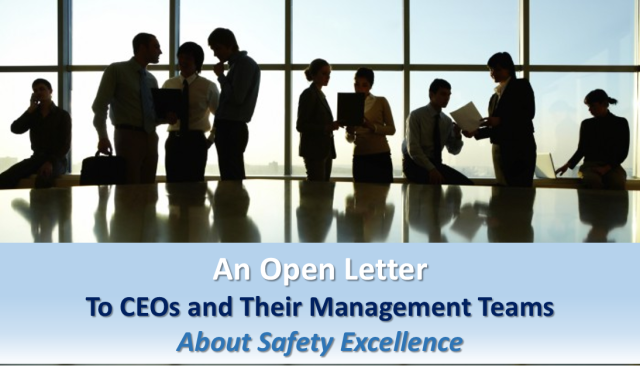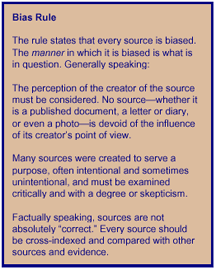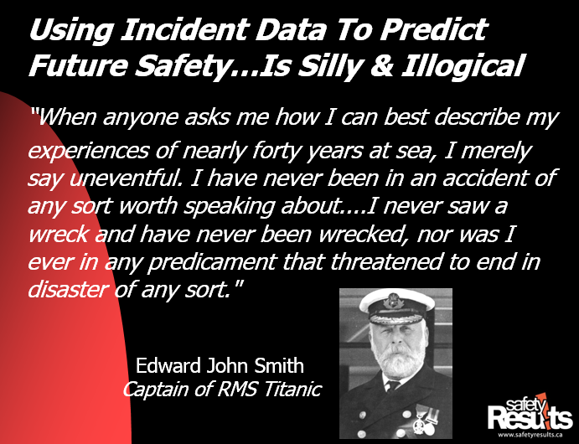 Here are the Top 10 New Year’s Resolutions You Can Actually DO! Make 2016 the year your company achieves Safety Excellence…here’s how you do it:
Here are the Top 10 New Year’s Resolutions You Can Actually DO! Make 2016 the year your company achieves Safety Excellence…here’s how you do it:
1) Make safety look more like your business and less like a “program.”
Safely is HOW we do our work. It’s NOT a program, it’s not a special set of activities any more than efficiency is a program. Challenge the people that work in your organization to create safe, efficient and effective production of your goods and services. Then resource their efforts.
2) You’re paid to get results, not prevent things.
STOP preventing accidents and start creating safety (See Resolution #1)! You’re in the business of adding value to your stakeholders and shareholders. You’re not in the C Suite to Prevent Loss!
3) Zero isn’t a valid Safety Goal – It’s not about safety at all!
Not sure how or when it happened but this ZERO chant has to stop. A company can have ZERO injuries and do absolutely nothing. There’s a problem with celebrating a goal that can happen just by chance! Set SAFETY goals (doing things that create safety) and lose the non-injury goals. The people who work for your company can be working in very unsafe ways. If they don’t get caught by an injury they may believe that you still want them to work that way.
Don’t ask about injuries that didn’t happen, ask questions about what your corporation is doing to create Safety. Measure those things and you’ll get better at safety.
4) The few can’t control the many.
The idea that supervisors are in control of safety and can do all of the safety work is insane. Engage your workers in creating safe work. Give them the time and resources to become your safety leaders!
5) What you show interest in is what is important.
Show your sincere interest in how your company is working safely. Get out of your office and ask a lot of questions about safety. Every time you ask about efficiency and effectiveness, add the work “SAFELY.” For example: “How long is it going to take to SAFELY complete that portion of the project?” Another example is “How much will it cost for us to SAFELY get that part of the project done?” Adding the word SAFELY to your assignments is powerful. Then as a follow-up, when they tell you it’s done…ask them how they ensured it was done safely?
6) Think about START, STOP, CONTINUE.
Want a goal better than Zero Injuries? Ask your people to create activities around STOP, START, CONTINUE. Ask them what they are going to STOP doing to make their work safer. What can they START doing that they are not now doing that could make their work safer? Finally have them identify what they are doing now that is making their work safe and how are they ensuring that they are doing work that way every time they do it.
7) Lead don’t follow.
Leaders inspire. If you want your corporation to be safety excellent you need to create that challenge, resource the efforts and measure A LOT. Giving everyone (including yourselves) safety activities to do and make those responsibilities nested in job descriptions and performance evaluations will do much more than ZERO injuries chants (See Resolution #3).
8) Create Safety Excellence WITH your employees and contractors.
As a management team you need to get out of your offices and sit with your people and ask them what YOU can do to help them create safety in their work. Train them (and attend the training yourselves) how to create safety. Show them your interest by your actions… words are cheap…actions show REAL commitment!
9) STOP just being “Committed to Safety” and actually DO SOMETHING.
See Resolution #8. Make a commitment as a management team to do a list of activities in the coming year that demonstrates that your team has “skin in the game” of creating safety excellence. Then tell your Board of Directors that you have made completion of those activities part of your “at risk pay” performance evaluation. If you don’t do the work you don’t get the bonus!
10) Trust your Supervisors & Employees to be Safety Leaders.
This is the most important of all. Your people are more than capable to create safety excellence in their work. You trust that they will give your production of goods and service… make it a condition of your measurement of GREAT outcomes that they demonstrate that they are doing that work safely. Lack of injury does NOT do that. Actually working safely is the only measure of safety excellence.
I hope this has helped you focus on what you and your senior management team can do to create safety excellence in your corporation. Don’t hesitate, do it now! Your corporation will be much safer than it is now if you do!
For more information on Safety Leadership read “The Emperor Has no Hard Hat: Achieving REAL Workplace Safety Results”. WINNER, Honorable Mention, Globe and Mail’s Best Business Books of 2006.








